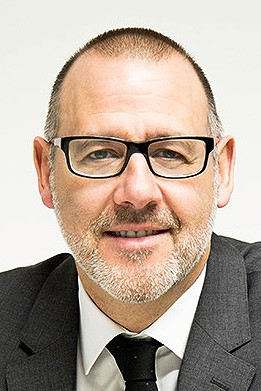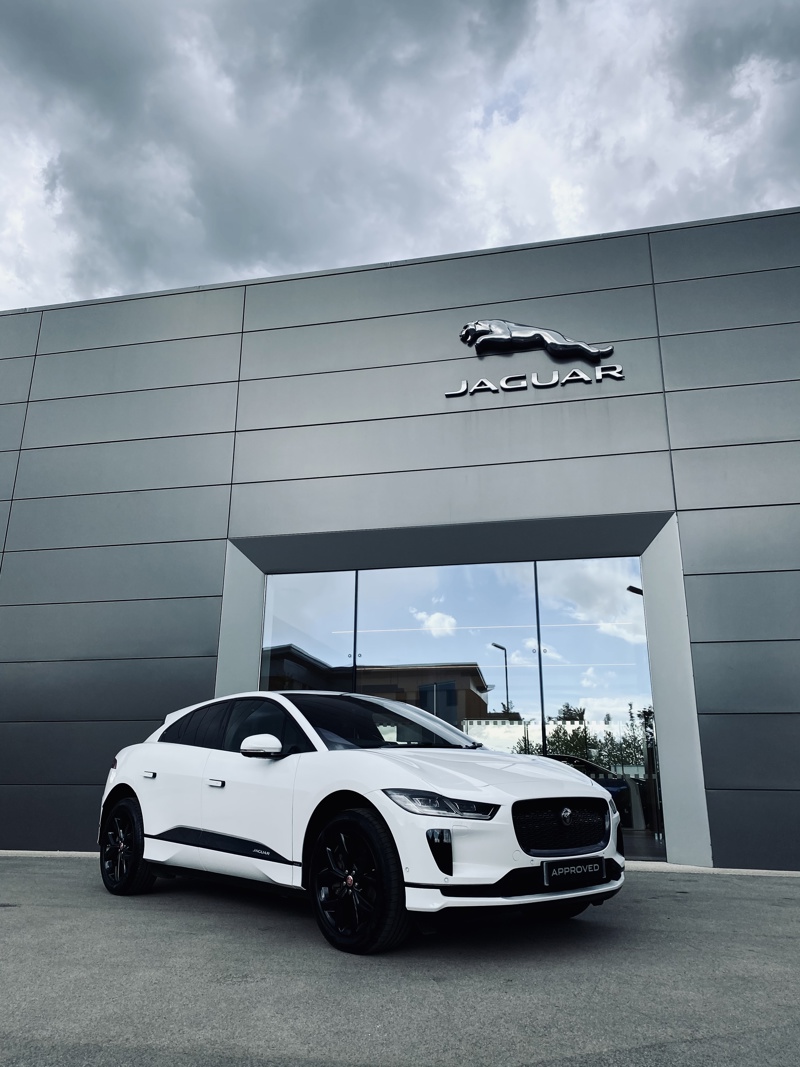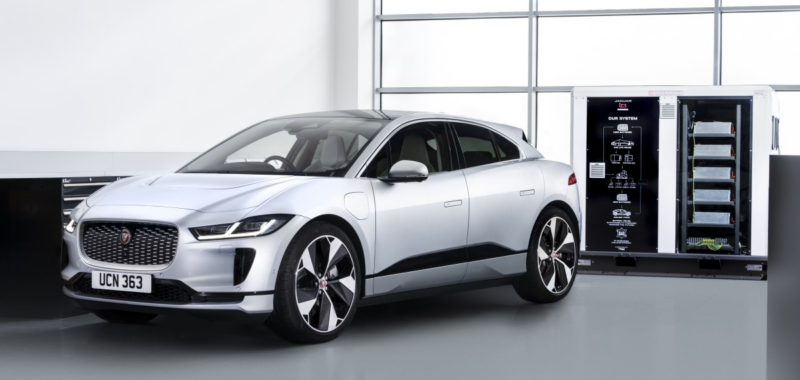As consumer reticence leads to an ease back of electric car ambitions from many vehicle manufacturers, where does that leave a brand that has just seemingly committed to an all-electric re-birth?
In many ways, Jaguar has no choice but to continue; simply because of the time scales involved with such a mammoth task. Its new three-car strategy and the JEA (Jaguar Electric Architecture) platform it’ll sit on has been years in the making.
“Any platform decision is probably a 12–15-year decision, because you’ve got five, six years in the gestation and then you’ve got probably a maximum of eight, nine years to leverage the platform once you launch it, the man leading Jaguar into its new, premium all-electric chapter, Rawdon Glover, told AM’s colleagues on consumer title Car.
 “So, it’s not a short-term decision that you can flex mid midstream.”
“So, it’s not a short-term decision that you can flex mid midstream.”
Jaguar’s road car plan is headed towards three EVs in the next three to four years – but, on track, things are already full EV. Jaguar has been there or thereabouts in Formula E for the last few years, winning the constructors’ championship this year.
“This platform has got to be the right thing for us well into the next decade. So, what we got to think about not what is happening in 2024, what is happening in the early part of 2030 – 2032. It’s going to basically last that time period,” Glover told Car’s digital editor Curtis Moldrich.
What’s more, the return to ICE is happening more amongst volume brands, and Jaguar’s new strategy under the ‘Reimagine’ plan is to leave the volume drug far behind and produce cars that appeal to the wealthiest of customers. Glover (pictured) talked about “discretionary spend” – the future Jaguar brand must tempt people who don’t need to buy a Jaguar, they want to.
“You do it because there’s that sort of that inherent demand for it. We’ve got to create that demand. To a certain extent, that’s agnostic to the platform and that’s the job that Jaguar needs to do.
“It’s never about the powertrain first, it’s got to be about the design of the brand first, and then those good things come second.”
The language of JLR has already changed. It talks about its “journey to realise a sustainability driven vision of modern luxury” and the “electrification of our House of Brands”. To some, its language might seem a little pretentious – the Jaguar website currently presents ‘The 2024 collection’, in common parlance it means its model line-up of F-Pace, I-Pace and F-Type.
But as it goes all Gucci-style, how do you create a new vision and a new demand? First, you retire everything else – after all, you can’t create an all-new vision with last year’s work in the same gallery.
It also means a rethink of the sales points required. In the UK, the network of Jaguar dealerships is being slashed from around 80 sites to about 20-30, all that is required for the future Jaguar ‘collections’. It puts the network more in line with existing luxury car brands Bentley and Ferrari.
Meanwhile existing customers will still be able to get their car serviced at JLR’s Arch-style sites for years to come.
 Jaguar has already begun to sunset its new car range, but the rate of its deceleration can be managed to an extent. “I think at an enterprise level, we’ll look at how we optimise that blend of full electrification, combustion engine and hybrid,” said Glover, adding that it’ll only be a short to medium term solution with sales continuing to 2025 in certain markets.
Jaguar has already begun to sunset its new car range, but the rate of its deceleration can be managed to an extent. “I think at an enterprise level, we’ll look at how we optimise that blend of full electrification, combustion engine and hybrid,” said Glover, adding that it’ll only be a short to medium term solution with sales continuing to 2025 in certain markets.
Glover was also keen to point out the support infrastructure for the current models would remain for years to come, with customers able to buy new Jaguars in 2024 with confidence. The existing cars will be supported, but they’ll look rather dated compared to Jaguar’s new trilogy.
“It’s not about running them to side by side, we really need to close one chapter,’ Glover told Car. ‘Then we have a period to prepare and generate demand for the next chapter. Then we’ll go live with the next chapter.”

